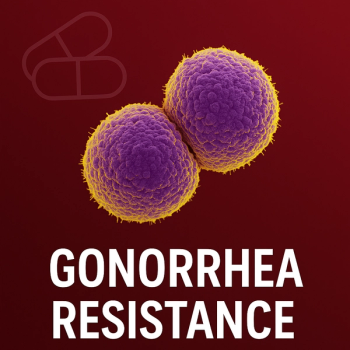
Ending the HIV Epidemic Initiative: Can We Get There?
In utilizing a modeling study, investigators estimated reductions in HIV incidence rates as well as PrEP usage rates and viral suppression across US cities over 10 years.
Announced in 2019, the Ending the HIV Epidemic (EHE) initiative aims to reduce HIV infections by 90% over a span of 10 years. EHE is looking to reduce the number of new HIV infections in the US by 75 percent by 2025, and then by at least 90 percent by 2030. They estimated that 250,000 total HIV infections could be averted by this action.
US federal agencies created a plan to pursue these goals and requested additional resources that were provided by Congress. EHE focuses on four strategies including diagnosing, treating, preventing, and responding to HIV.
EHE provides a targeted approach of new resources and will inject support and resources to
With this ambitious public health initiative as the backdrop, Anthony Todd Fojo, MD, MHS, assistant professor, Johns Hopkins University School of Medicine, led a study published in the
With increases in these aforementioned interventions, there could be significant reductions in HIV, according to Fojo.
“Modest increases in testing (1.25-fold per year), PrEP coverage (5 percentage points), and viral suppression (10 percentage points) across the population could achieve reductions of 34% to 67% by 2030,” Fojo, et al, wrote in their study. “Twenty-five percent PrEP coverage, testing twice a year on average, and 90% viral suppression among young Black and Hispanic men who have sex with men (MSM) achieved similar reductions (13% to 68%). Including all MSM and persons who inject drugs could reduce incidence by 48% to 90%. Thirteen of 32 MSAs could achieve greater than 90% reductions in HIV incidence with large-scale interventions that include heterosexuals.”
Without any further increases in the interventions, the investigators predicted there would be a 19% decrease in HIV incidence across all 32 MSAs.
While Fojo points out it would be difficult to reach the 90% goal, he believes you can still make some significant inroads in reducing HIV incidence. “It is going to be hard to get to 90% reductions…basically to get there you have to do all three of these things: you have to do more testing; you have to do more PrEP coverage; and you have to get more people virally suppressed—and you have to do it for a long time,” Fojo stated. “You can actually get pretty big reductions—not 90% reductions but in the order of 60% reductions over the coming decade.”
Contagion spoke to Fojo who offered further insights about the study.
Newsletter
Stay ahead of emerging infectious disease threats with expert insights and breaking research. Subscribe now to get updates delivered straight to your inbox.



























































































































































































































































































